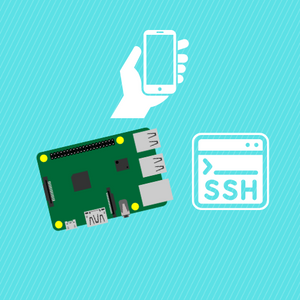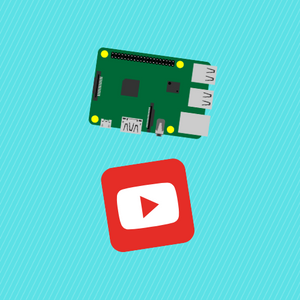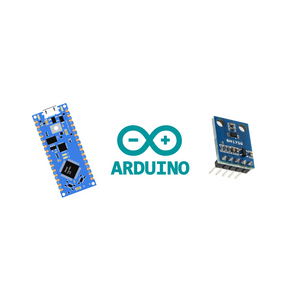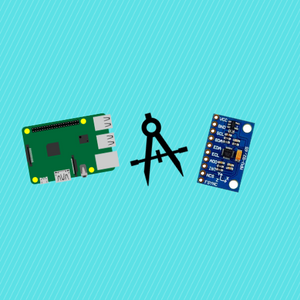Learn how to use basic CRUD operations with MongoDB and the Raspberry Pi Pico W using their Data API. Before getting started make sure you watch Part 1. In this tutorial, we use the BME280 sensor to get temperature, sensor, and humidity data to work within our database. In reality, you can use any sensor you like!
You can purchase the BME280 from here:
Also, be sure to subscribe and support the channel if you have not!
Subscribe:
Support:
https://www.buymeacoffee.com/mmshilleh
Step 1-) Code
from machine import Pin, I2C, RTC
import json
import urequests as requests
import network
import ntptime
import time
import utime
import bme280
import constants
i2c = I2C(0,sda=Pin(0), scl=Pin(1), freq=400000)
URL = "<url>"
API_KEY = "<api key>"
def connect_to_wifi(ssid, psk):
wlan = network.WLAN(network.STA_IF)
wlan.active(True)
wlan.connect(ssid, psk)
while not wlan.isconnected() and wlan.status() >= 0:
print("Waiting to Connect")
time.sleep(10)
if not wlan.isconnected():
raise Exception("Wifi not available")
print("Connected to WiFi")
def findOne(filter_dictionary):
try:
headers = { "api-key": API_KEY }
searchPayload = {
"dataSource": "Cluster0",
"database": "BME280",
"collection": "Readings",
"filter": filter_dictionary,
}
response = requests.post(URL + "findOne", headers=headers, json=searchPayload)
print("Response: (" + str(response.status_code) + "), msg = " + str(response.text))
if response.status_code >= 200 and response.status_code < 300:
print("Success Response")
else:
print(response.status_code)
print("Error")
response.close()
except Exception as e:
print(e)
def find(filter_dictionary):
try:
headers = { "api-key": API_KEY }
searchPayload = {
"dataSource": "Cluster0",
"database": "BME280",
"collection": "Readings",
"filter": filter_dictionary,
}
response = requests.post(URL + "find", headers=headers, json=searchPayload)
print("Response: (" + str(response.status_code) + "), msg = " + str(response.text))
if response.status_code >= 200 and response.status_code < 300:
print("Success Response")
else:
print(response.status_code)
print("Error")
response.close()
except Exception as e:
print(e)
def insertOne(temp, pressure, humidity, time):
try:
headers = { "api-key": API_KEY }
documentToAdd = {"Device": "BME280",
"Temperature (C)": temp,
"Pressure": pressure,
"Humidity": humidity,
"Time": time}
insertPayload = {
"dataSource": "Cluster0",
"database": "BME280",
"collection": "Readings",
"document": documentToAdd,
}
response = requests.post(URL + "insertOne", headers=headers, json=insertPayload)
print(response)
print("Response: (" + str(response.status_code) + "), msg = " + str(response.text))
if response.status_code >= 200 and response.status_code < 300:
print("Success Response")
else:
print(response.status_code)
print("Error")
response.close()
except Exception as e:
print(e)
def insertMany(document_list):
try:
headers = { "api-key": API_KEY }
insertPayload = {
"dataSource": "Cluster0",
"database": "BME280",
"collection": "Readings",
"documents": document_list,
}
response = requests.post(URL + "insertMany", headers=headers, json=insertPayload)
print("Response: (" + str(response.status_code) + "), msg = " + str(response.text))
if response.status_code >= 200 and response.status_code < 300:
print("Success Response")
else:
print(response.status_code)
print("Error")
response.close()
except Exception as e:
print(e)
def updateOne(filter_dictionary, update_dict):
try:
headers = { "api-key": API_KEY }
update = {"set": update_dict}
searchPayload = {
"dataSource": "Cluster0",
"database": "BME280",
"collection": "Readings",
"filter": filter_dictionary,
"update": update_dict,
}
response = requests.post(URL + "updateOne", headers=headers, json=searchPayload)
print("Response: (" + str(response.status_code) + "), msg = " + str(response.text))
if response.status_code >= 200 and response.status_code < 300:
print("Success Response")
else:
print(response.status_code)
print("Error")
response.close()
except Exception as e:
print(e)
def deleteOne(filter_dictionary):
try:
headers = { "api-key": API_KEY }
searchPayload = {
"dataSource": "Cluster0",
"database": "BME280",
"collection": "Readings",
"filter": filter_dictionary,
}
response = requests.post(URL + "delete", headers=headers, json=searchPayload)
print("Response: (" + str(response.status_code) + "), msg = " + str(response.text))
if response.status_code >= 200 and response.status_code < 300:
print("Success Response")
else:
print(response.status_code)
print("Error")
response.close()
except Exception as e:
print(e)
def main():
connect_to_wifi(constants.INTERNET_NAME, constants.INTERNET_PASSWORD)
#document_list = []
while True:
bme = bme280.BME280(i2c=i2c)
temp, pressure, humidity = bme.values
print(temp, pressure, humidity)
rtc_time_tuple = RTC().datetime()
formatted_time = "{:04}-{:02}-{:02} {:02}:{:02}:{:02}".format(
rtc_time_tuple[0], rtc_time_tuple[1], rtc_time_tuple[2],
rtc_time_tuple[4], rtc_time_tuple[5], rtc_time_tuple[6]
)
print(formatted_time)
#insertOne(temp, pressure, humidity, formatted_time)
#document_list.append({"Device": "BME280",
#"Temperature (C)": temp,
#"Pressure": pressure,
#"Humidity": humidity,
#"Time": formatted_time}
#)
#if len(document_list) == 10:
#print(json.dumps(document_list))
#insertMany(document_list)
#document_list = []
#findOne({"Temperature (C)": "23.26C", "Humidity": "53.69%"})
#find({"Temperature (C)": "24.65C"})
#updateOne({"Temperature (C)": "23.26C"}, {"Temperature (C)": "24.26C"})
deleteOne({"Temperature (C)": "24.26C"})
main()
This is the code we use in this tutorial, we comment and uncomment parts of the main function to activate different functions; this is more clear in the Youtube Video. Also, note that the code can be cleaned up considerably, there is a lot of repetition, mainly for demonstration purposes.
Overall the operations with their API are very similar, just a difference in URL extension along with slightly different values in the payload. They have much more information in their documentation here. Nonetheless, this should give you the basis to do most things you have to do when using MongoDB with Data API.
Conclusion
Hope you enjoyed the tutorial and the series thus far. MongoDB makes it incredibly easy to use their cloud storage for free! This can be incredibly useful for cases where you want to store and access slow-moving data. Do not forget to subscribe to the channel above and stay tuned for more coding and microcontroller-related content.











